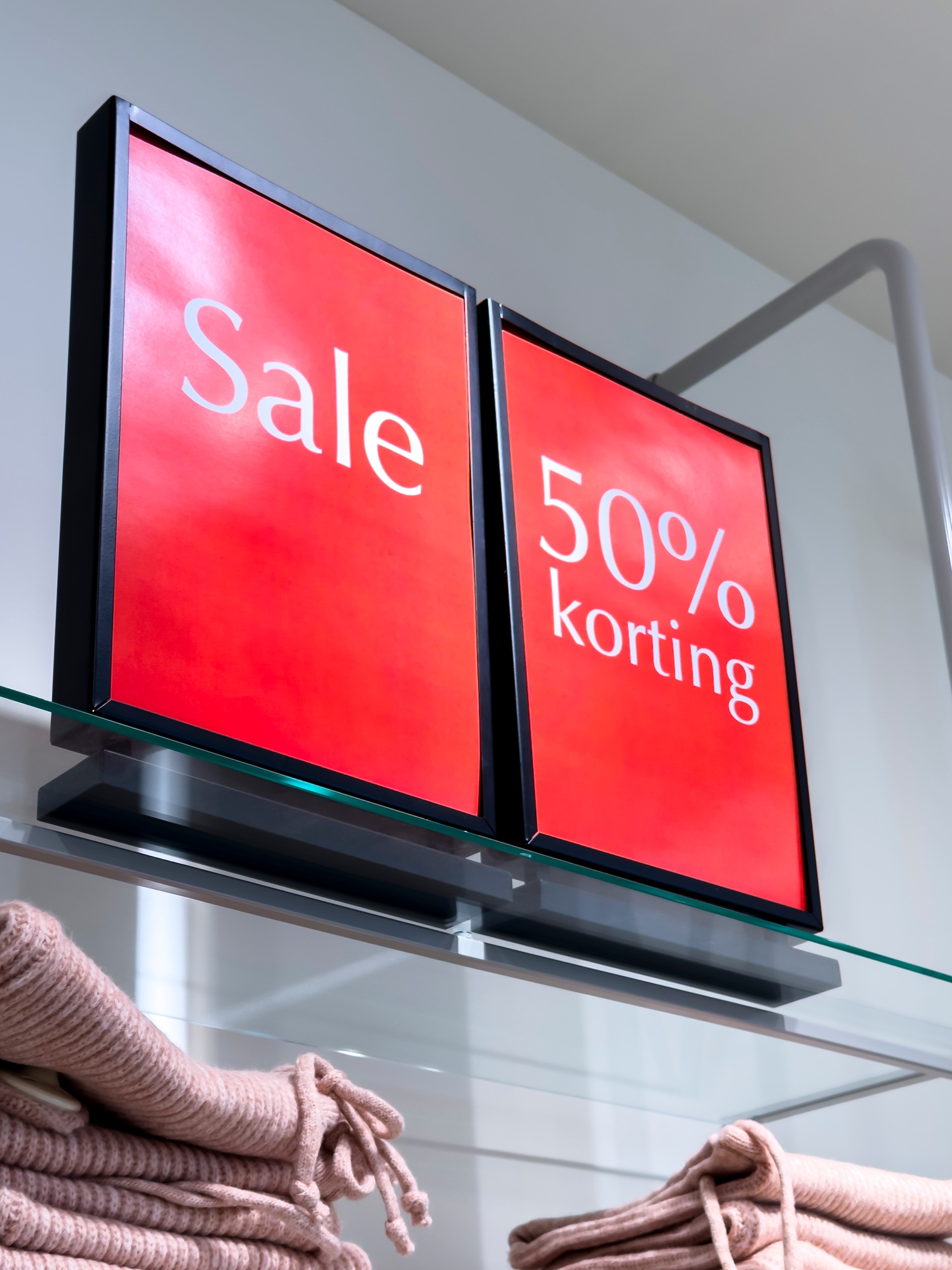In the retail sector, customer loyalty is not just a buzzword; it’s a critical factor for businesses aiming for long-term success, especially in competitive markets. With consumers having countless options available at their fingertips, creating and maintaining loyalty has become a significant challenge for retailers. In regions like the Middle East, where the retail landscape is constantly evolving with a mix of local and international players, loyalty programs are proving to be invaluable tools for enhancing customer retention. Retailers are increasingly focusing on delivering tailored experiences that keep customers engaged and foster a sense of attachment to their brands.
Customer loyalty in retail goes beyond the simple transactional relationship of buying and selling; it’s about building emotional connections that encourage customers to continue choosing your brand over others. With the advent of e-commerce, shifting consumer behaviors, and a growing desire for personalized experiences, retailers must rethink traditional loyalty approaches. The modern shopper is not only looking for discounts and promotions but also for a deeper connection with the brands they support. This trend is especially evident in the Middle East, where a burgeoning middle class, a youthful population, and increased digitalization are influencing consumer expectations.
In order to keep customers loyal, retailers need to invest in creating personalized experiences that resonate with individual preferences. Personalization is crucial because it makes the customer feel valued and understood. Retailers in the Middle East, for example, can leverage customer data to offer tailored discounts, curated shopping experiences, and loyalty rewards that reflect local preferences and cultural sensitivities. Personalization goes beyond just addressing customers by name; it includes offering rewards based on purchase history, sending location-specific offers, or even tailoring product recommendations based on browsing behavior.
The importance of a seamless, omnichannel loyalty experience cannot be overstated. Customers today expect to interact with brands through multiple touchpoints—whether in-store, online, or on mobile devices. In the Middle East, where digital transformation is accelerating rapidly, it’s essential that loyalty programs are integrated across all these channels. Retailers must ensure that customers can earn and redeem rewards whether they are shopping in-store, browsing online, or using a mobile app. For example, a customer might earn points for shopping online and then use those points for in-store purchases. This seamless integration of loyalty rewards across various platforms ensures customers have a unified and consistent experience with the brand.
Gamification is becoming an increasingly popular tactic to enhance engagement in loyalty programs, particularly within the Middle East’s youthful demographic. By introducing game-like elements such as progress bars, challenges, and levels, retailers can make the loyalty process more fun and engaging. Offering customers badges for completing specific tasks, like making a purchase, referring a friend, or engaging with the brand on social media, helps build excitement and motivates further interaction. Gamification transforms loyalty from a transactional process into an enjoyable experience, increasing the likelihood of repeat business and strengthening brand loyalty.
The retail market in the Middle East is also unique in that it is home to a wide variety of international and regional brands. This creates an environment where competition is fierce, and customer loyalty is a key differentiator. To gain an edge, many retailers are integrating loyalty programs that are more than just rewards—they are becoming a part of the customer experience itself. Retailers in the region are also incorporating loyalty programs that cater to cultural preferences, such as Ramadan or Eid promotions, ensuring that rewards and offerings feel relevant and timely. These localized programs resonate with customers, allowing them to feel a deeper connection to the brand, while also reflecting the cultural nuances of the Middle East.
Moreover, technology plays a central role in the success of loyalty programs. In the Middle East, the widespread use of smartphones and mobile apps has made it easier for retailers to engage with customers directly and deliver rewards instantly. Retailers are increasingly adopting mobile-based loyalty programs that allow customers to track points, receive personalized offers, and redeem rewards in real-time. These mobile apps not only enhance the customer experience but also provide valuable data on customer behavior, which can be used to further personalize future offers and promotions.
An essential component of a successful loyalty program is its ease of use. Customers are more likely to engage with a loyalty program that is simple to understand and easy to use. Complex programs with confusing rules or difficult redemption processes can discourage participation. In the Middle East, where consumers are tech-savvy but often short on time, a streamlined and user-friendly loyalty program is crucial for driving customer engagement. Programs should allow for quick sign-ups, straightforward point accumulation, and easy redemption options, whether that’s through mobile apps, in-store kiosks, or online platforms.
In addition to technology, social media has become an integral part of loyalty management, particularly in markets like the Middle East where social media usage is among the highest globally. Retailers can use social platforms like Instagram, Facebook, and Twitter to engage customers and offer them loyalty rewards for specific actions—such as sharing a post, referring a friend, or engaging with the brand. This creates a sense of community and encourages customers to advocate for the brand, further strengthening their loyalty.
Moreover, partnerships and collaborations are becoming more common in loyalty programs in the Middle East. Many retailers are teaming up with complementary brands to offer joint loyalty rewards, creating more value for customers. For example, a retail chain might collaborate with a popular local restaurant or an international airline to provide customers with a wider array of rewards. These partnerships not only increase the variety of rewards but also help attract new customers to the loyalty program who may not have previously considered the brand.
Effective loyalty programs are data-driven. Retailers in the Middle East are increasingly relying on data analytics to understand their customers better and create more relevant, effective loyalty offerings. By analyzing customer purchase data, browsing behaviors, and engagement with loyalty offers, retailers can optimize their programs to reflect customer preferences more accurately. Retailers that fail to integrate data-driven insights risk falling behind, as today’s customers expect brands to understand their needs and deliver personalized offerings.
Measuring the success of a loyalty program is also critical. Retailers should track key performance indicators (KPIs) such as customer retention rates, average order value, redemption rates, and overall program engagement. These metrics provide insight into how well the program is performing and where improvements may be necessary. For instance, a high redemption rate might indicate that customers find the rewards valuable, while low engagement could signal a need for program adjustments. Monitoring these KPIs allows retailers to continuously refine their loyalty strategies, ensuring they remain competitive and effective in the ever-evolving retail landscape.
As the retail market continues to grow and evolve, especially in regions like the Middle East, loyalty management will be a key component of any successful retail strategy. Retailers that prioritize personalized, seamless, and engaging loyalty programs will not only retain their customers but also turn them into brand advocates who help drive future business. By leveraging technology, offering localized rewards, and incorporating game-like elements into loyalty programs, retailers can create lasting relationships with customers, ensuring they keep coming back for more.



This is a great reminder that financial planning isn’t just about numbers; it’s about aligning your money with your life goals. Physician Lifecycle Planning can help you make the most of your earning potential while ensuring you’re also prioritizing your well-being and quality of life.